Cyborganic Timber Architecture
Engineering and 3D printing a carbon-storing installation for the Venice Biennial 2025.
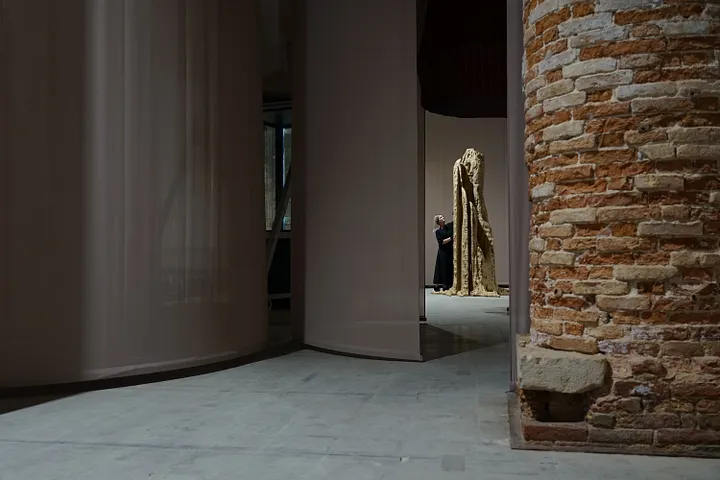
LAMÁQUINA has collaborated with Maria Kuptsova, ARBOR.Art in their latest project ARBOR.Pilae, exhibited at the Arsenale as part of the Biennale Architettura 2025 — the 19th International Architecture Exhibition. This year’s edition, curated by the architect and engineer Carlo Ratti, is titled Intelligens. Natural. Artificial. Collective. and aims to serve as a dynamic laboratory, uniting experts across various forms of intelligence.
HARNESSING INTELLIGENCE
Commenting on the theme, Ratti stated “To face a burning world, architecture must harness all the intelligence around us.” ARBOR.Pilae embodies this vision as a cyborganic timber architecture embedded with the intelligence of a living tree. It establishes a regenerative lifecycle of wood, from its living state to a bio-artificially “grown” material system that is embedded with the behaviour of a living matter.
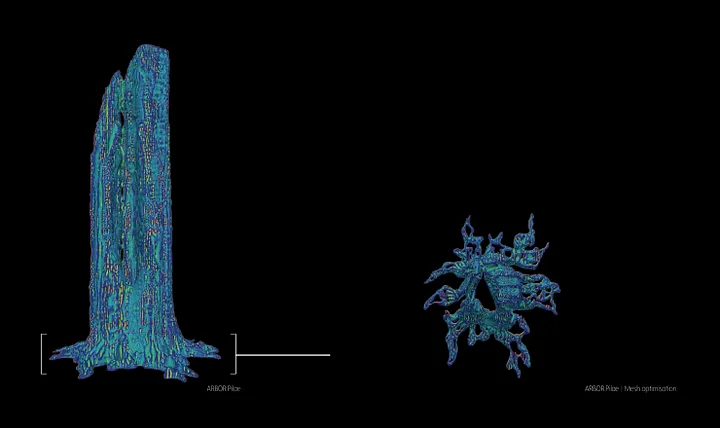
Traversing the three forms of intelligence highlighted in this year’s edition — natural, artificial and collective — Maria Kuptsova and the ARBOR.Art team approached the project by exploring Venice’s profound and historic connection with timber. While most contemporary structures are designed to last around 50 years, Venice has stood for over 1,600 years, sustained by ingenious ancient engineering that kept the city afloat using timber traditionally sourced from the Cansiglio Forest.
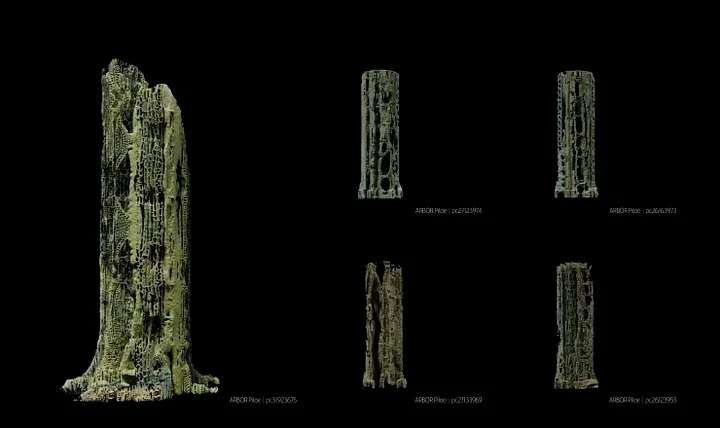
A CARBON-STORING SYSTEM
ARBOR.Pilae employs bespoke machine learning algorithms to read the diverse structural properties of local wood species and translate their behaviour into synthetic form. The material system is conceived to grow vertically, recalling the formal and symbolic essence of a tree — a classical archetype of the architectural column. Its geometry is carefully calibrated to mirror the proportions of the historic brick columns at the Corderie dell’Arsenale, establishing a dialogue between the piece and its architectural context.
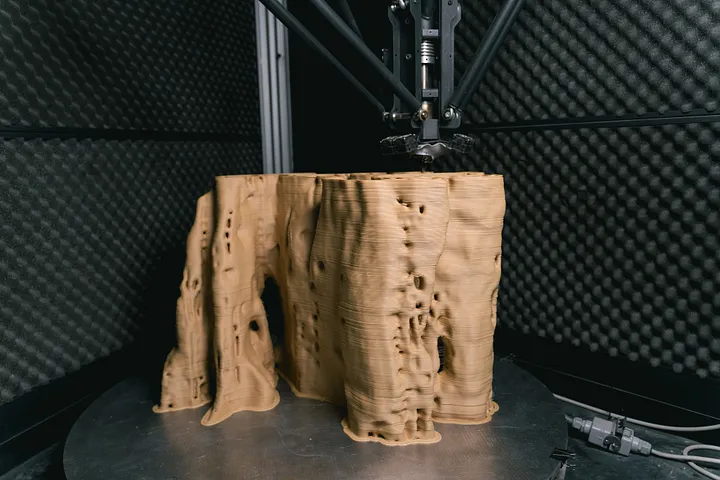
LAMÁQUINA provided the engineering expertise and 3D printing production to realise a large-scale, high-resolution geometry. Standing over two metres tall and assembled in four parts, the structure was fabricated from wood-based fibrous polymers enhanced with PURE.TECH technology. This innovative material absorbs and neutralises CO₂, as well as nitrogen oxides (NOₓ) and volatile organic compounds (VOCs). As a result, the structure functions as a carbon-storing system, which, through biodegradation, can ultimately serve as nutrients for new living species.
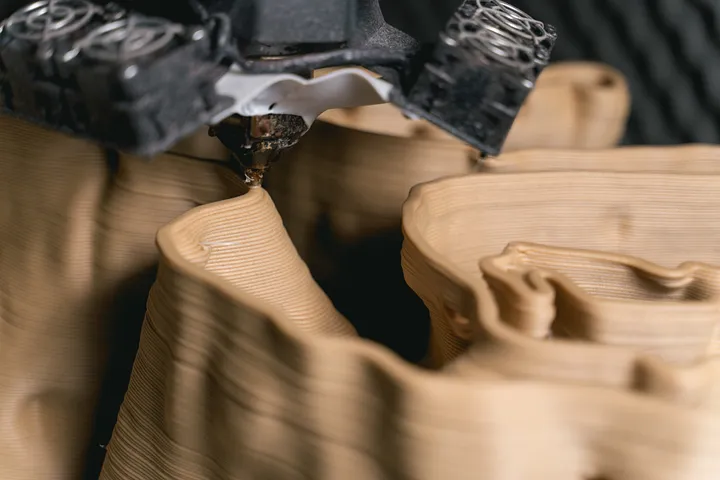
Through the integration of advanced computational design, robotic manufacturing and climate-responsive materials, ARBOR.Pilae demonstrates how architecture can transcend conventional boundaries between the natural and the synthetic. The piece will be exhibited in Venice from Saturday 10 May to Sunday 23 November 2025, standing as an example of the convergence of digital craft and ecological intelligence.
